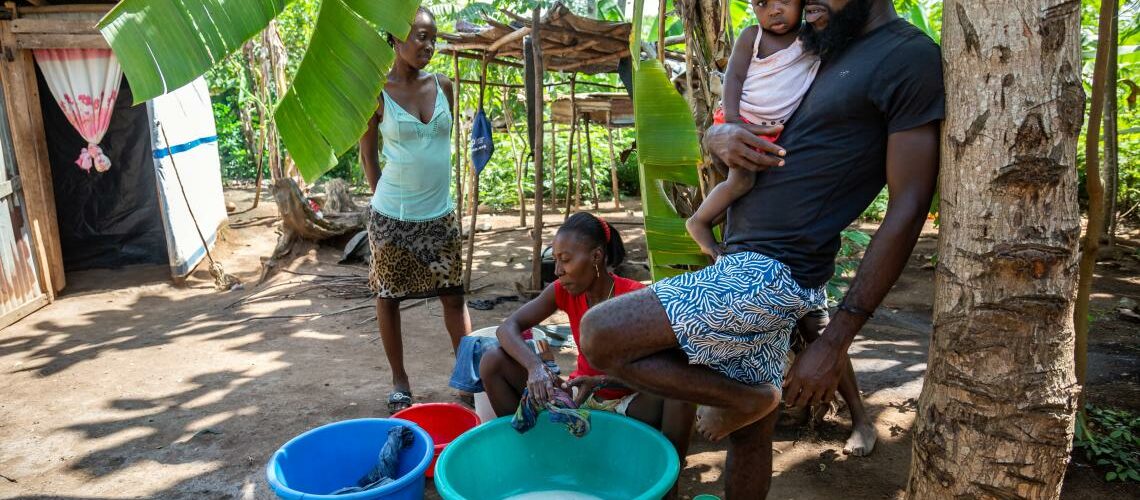From emergency response to recovery

Breaking the disaster cycle: resilient recovery
For many humanitarian organisations, the transition from emergency relief to recovery is difficult. It is often unclear when and how the transition needs to be made. Moreover, there is an overlap between relief and recovery, since the division is not black and white. This issue is addressed as the humanitarian development nexus and is about aligning humanitarian emergency aid, development and peacebuilding. Post-disaster, the conventional approach is to start on recovery. The final goal of recovery however, is for a community to become resilient, which ensures that future hazards will not turn into disasters anymore.
Disaster resilience is about a total of different but often interrelated capacities, systems and structures of and within a community. Locality of these capacities is essential, as a community can then rely on its own networks to bounce back. Key point in the process towards resilient recovery is therefore communication and coordination with the affected communities and early on engagement with local stakeholders (including local governments and the private sector).
Complex contexts – experiences from Haiti
In contexts affected harshly by natural and man-made disasters, carrying out humanitarian practices can be very complex. Haiti has experienced several natural hazards that turned into disasters and various man-made disasters have led to political instability and violence. The transition from relief to recovery in Haiti’s context is extremely difficult. Church World Services (CWS) has been present in the country for decades and saw besides the challenges, also the opportunities that a resilient approach to recovery can bring.
After the earthquake of January 2012, many international organisations arrived in Haiti to provide emergency assistance. However, there was no connection made between relief and development; between emergency aid and the road to recovery. Organisations worked independently from each other, there was a lack of coordination, local organisations were excluded and temporary shelters were not followed by permanent housing. An emergency response without alignment to a recovery program prevents communities from building resilience. After Hurricane Matthew in 2016, the emergency response was better coordinated via platforms of national and international organisations and the government, and more aligned with previous aid programs. There was a bigger focus on integrating recovery into emergency aid, for example by the provision of seeds, the reconstruction of houses and schools and the involvement of people from local communities in construction training.
After the earthquake of August 2021, the response was based on input from local authorities, community members and partners, coordinated through clusters and networks. The earthquake was in the same area as hurricane Matthew, so organisations could build upon previous experiences. Besides relief, there was a focus on recovery through psychological support, reconstruction of houses, cisterns, rehabilitation of community water systems and the provision of school supplies and books.

Challenges
Challenges of establishing aid and recovery programs in areas affected by continuous environmental hazards and with prolonged political instability result in limited coordinating capacity, limited (access to) resources, corruption, fluctuating exchange rates, insecurity, gang violence, roadblocks and difficulties to reach affected areas.
Another major challenge to incorporate (resilient) recovery into earlier stages of humanitarian relief practices is the (un-)flexibility of funding. Funds often have specific criteria and fit only one category, either emergency or development/recovery. However, since the two overlap each other, flexibility in funding in terms of subject and deadlines is necessary.
Good practices
The integration of disaster preparedness and resilience building into emergency responses is a good practice. Through this combination of relief and resilience CWS worked on capacity building in the shape of training and educating local communities. Throughout this process the importance of engaging with (local) governments is emphasized, even if this is complex due to issues connected to political instability. It’s perceived as an important part of strengthening local capacities.
Pictures: UNICEF
